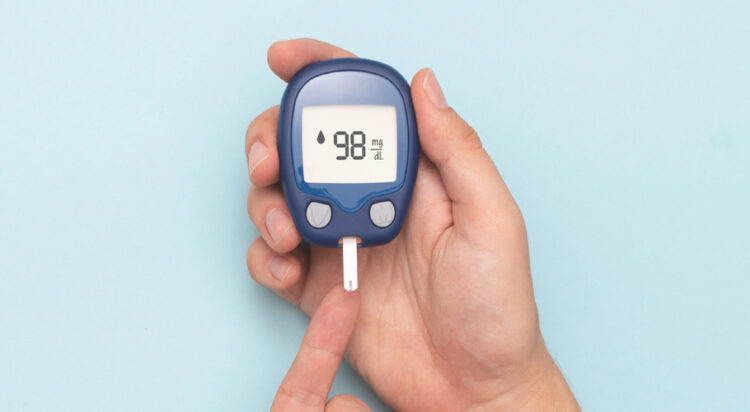![]() Follow Us on Google News
Follow Us on Google News
In today’s world, diabetes can aptly be considered a major and widespread health condition. If you have diabetes, it is important to measure and track your blood glucose, or sugar, levels so that they stay within appropriate limits.
There are two types of diabetes: type 1 and type 2.
Type 1 diabetes is a chronic autoimmune disorder usually diagnosed in children and adolescents.
Type 2 diabetes usually first develops in adults when the body no longer responds to insulin, a hormone the pancreas produces, which allows cells to absorb sugar molecules from the blood.
Warning signs of diabetes
The symptoms of type 2 diabetes appear gradually, whereas the symptoms in type 1 diabetes may appear more suddenly. Therefore, when any early sign of diabetes arises, you should visit a doctor because early signs might even be too mild and absent at the initial stage of the disease. Diabetes, if not treated on time, causes severe damage to many tissues and organs.
Though there are some overlapping symptoms that can be attributed to both type 1 and type 2 diabetes, there are other special characteristics that categorically define each type. According health experts, if you experience any of these general signs of diabetes, visit your doctor for a blood sugar test:
- extreme thirst
- frequent urination, especially at night
- unintentional weight loss
- increased hunger
- blurred vision
- numbness or tingling in your hands and feet
- fatigue
- skin that’s very itchy or dry
- wounds that don’t heal quickly
Diabetes Testing
The A1C test measures your average blood sugar level over the past 2 or 3 months.
- Normal: below 5.7%
- Prediabetes: 5.7–6.4%
- Diabetes: 6.5% or above
Fasting blood sugar test
This measures your blood sugar after an overnight fast (not eating).
- Normal: 99 mg/dL or below
- Prediabetes: 100–125 mg/dL
- Diabetes: 126 mg/dL or above




























![The severe water shortage highlights Pakistan’s ongoing struggles with water management and climate change impacts. [Image by Athar Parvaiz via dialogue.earth]](https://mmnews.tv/wp-content/uploads/2025/03/Jhelum-River-drought-120x86.jpg)








